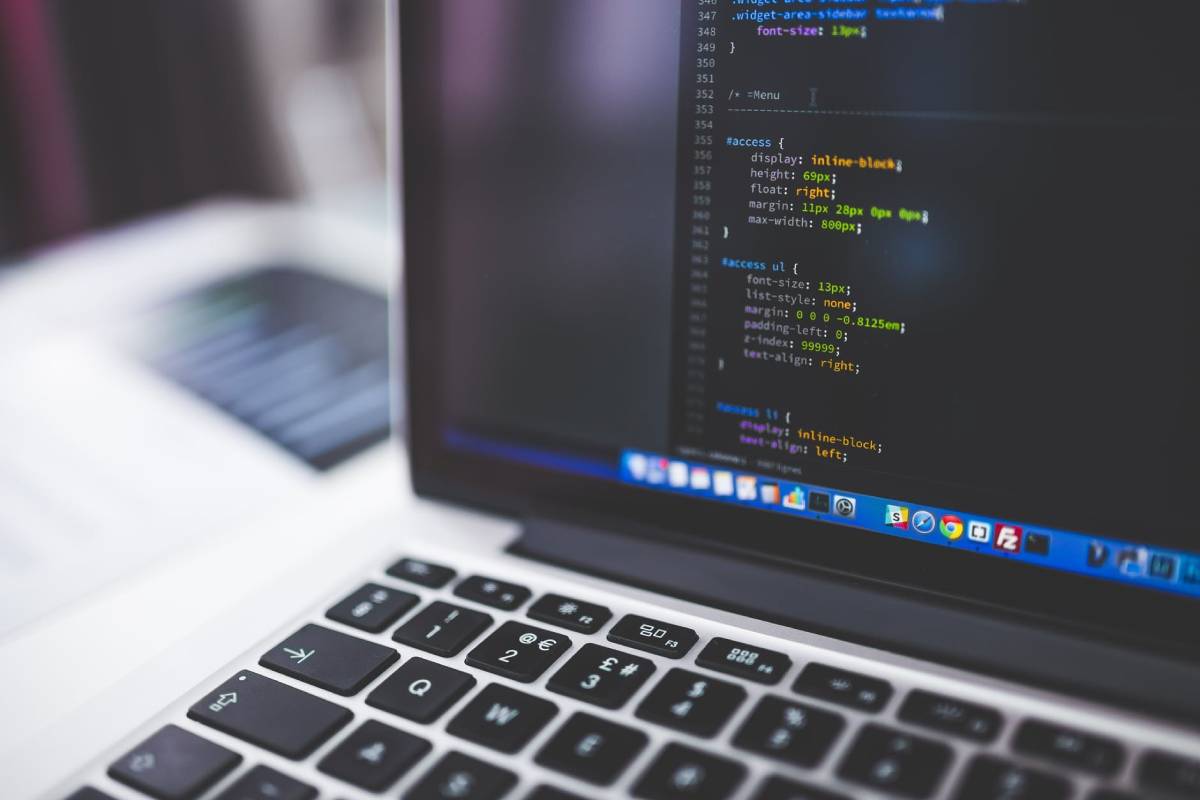Have you recently upgraded to Windows 10? Is your old system bugging you a lot? It’s time to have a look at the system and lessen the burden on the processor of your computer. We have compiled some easy to follow instructions in this post to optimize windows 10.
It’s advised to get a free driver updater to keep your device drivers updated and stabilize the status of hardware peripherals. Let’s check out some steps to improve the Windows 10 performance.
Ways to Optimize Windows 10 Computer
1. Disable Startup Apps:
Startup apps are the ones, that launch when the system starts. These apps add to the unnecessary burden on the CPU of the computer. Such apps slow down the bootup and depreciate the performance of your computer.
If you want to decrease the burden on the processor, then you should limit the number of startup apps. Limiting the number of startup apps or deactivating the apps that launch on the start, exponentially speeds up the system and improves the response times.
You can either locate the apps and limit them manually or follow the steps:
- Launch Task Manager.
- Select the Startup Tab.
- Click the list of startup apps and programs.
- Right-click and select the programs you want to disable.
2. Deactivate the Animation And Effects:
Animations and effects in Windows 10 look so captivating. But do you know the process behind those animations and effects? These elements use critical system resources like CPU, GPU and RAM and make the system slow.
These may not seem to be a burden on new systems, but if your system is old, then deactivating them is a good solution to reduce the burden on the processor.
Here is how you can do that:
- Right-click on Start.
- Select System.
- Select Advanced Settings.
- Under Performance, click on the Advanced Tab.
- Go to the Visual Effects tab.
- Uncheck all the checkboxes.
3. Get Rid of Bloatware:
Bloatware is the compilation of programs, applications and utilities that continually eat up system storage while hindering the proper functioning of other important applications. Remove them permanently and restore huge disk space.
Removing such unwanted applications will not only restore valuable space on your computer but also lessen the burden on the processor. As a result, you will realize improvement in the system functions and response times.
Here is how you can get rid of bloatware:
- Right-click on Start.
- Select Control Panel.
- Select Programs.
- Click on Programs and Features.
- Click on Uninstall/Change.
- Select a particular program to want to remove.
- Click on Uninstall.
- Follow the on-screen instructions.
4. Clean up the Disk:
Over time, you install tons of applications and programs, download images, files, documents, videos, movies, games and whatnot. Your computer gets filled with tons and tons of useless data that you no longer use.
This data occupies unnecessary space on your PC and slows down your system to a crawl. You should manually remove such items from your hard disk using the Disk Cleanup Tool.
Disk Cleanup Tool is a good utility that helps you clean the disk to restore valuable disk space.
Follow the steps to clean up the disk:
- Click on the Start button.
- Select File Explorer.
- Select This PC.
- Under Devices and Drives section, select the Local Disk (C:).
- Right-click on the Local Disk.
- Select the Properties option.
- Under the Capacity option, go to the General Tab and click on it.
- Click on the Disk Cleanup button.
After the system scan for the removable files and items, select those particular files you want to remove and click on OK.
5. Update Your Device Drivers Using A Free Driver Updater Tool:
Sometimes the system gives us hints regarding issues like freezing, slowdowns and hardware failure. The problem of hardware failure is common but you can prevent such issues from occurring.
Device drivers play very important role in synchronizing the hardware with the system software. Old, outdated and corrupted device drivers mess up with the system files and as a result, the system faces hardware failures, crashes, not to mention the infamous BSOD (worst case scenario).
It is highly advised to keep the drivers updated and you can do this by using a free driver updater. Although there are several ways to update drivers, installing the best free driver updater is an easy & quick way to take care of driver issues.
Wrapping Things UP:
So, these are some ways by which you can optimize your Windows 10 for better performance. The methods discussed in this post, are useful enough to decrease the burden on the system and improve its overall health.
You can and you should use the free driver updater application to keep your device drivers updated. Device drivers play a vital role in maintaining some critical system functions and keeping the hardware peripherals in sync with the computer.
Usage of a Windows 10 computer differs from user to user, but the tips discussed here if followed, can result in improved performance of your computer system.




